- OT
- Life in practice
- Business management
- Work the body
Work the body
Chartered physiotherapist, Helen Battersby, warns optometrists about the job’s physical strains
During a cover test, an optometrist’s mind may be on the position of the patient’s eyes, but remembering correct posture as well can save a practitioner aches and pains.
Consultant physiotherapist, Helen Battersby, said that – on top of the standard ergonomic issues surrounding computer use – optometrists and dispensing opticians put some unique strains on their body.
"Because the position of the optometrist in relation to the seated patient is usually the same every day, this can lead to quite different stresses on the two sides of the body"
She has treated a number of optometrists with common complaints, and knows each bend down to the patient during a full day of sight tests can add up.
A reaching posture, for example when fitting a trial lens or performing a cover test, also puts uneven strain on the body, Ms Battersby said.
Ms Battersby explained: “Adopting this side lean position shifts weight down one buttock cheek, which naturally creates a side bend of the lower back on the other side. This can result in muscle shortening, back joint closure and can lead to pain.
“Because the position of the optometrist in relation to the seated patient is usually the same every day, this can lead to quite different stresses on the two sides of the body.”
Direct ophthalmoscopy can change the body’s fascial connective tissue, leading to discomfort, Ms Battersby said, adding: “There is a requirement to twist through the mid-back and the neck to get a good view of the retina.”
An adjustable patient chair can be invaluable, she advised.
“It is important to have the patient at a height in the test chair that enables the optometrist to work comfortably … A test chair with motor-driven height adjustment is ideal.
“For the optometrist, a wheeled chair can be useful for easy manoeuvrability around the room and to achieve a comfortable position in front of, and to the side of the patient.”
Ms Battersby said that using an electronic phoropter head put less strain on practitioners’ bodies, as less twisting and bending was required to operate it.
On their feet for large chunks of the day, dispensing opticians needed to ensure they have a good standing posture. Ms Battersby also advised them to avoid bending over a patient when measuring pupillary distance.
In past professional surveys, up to 86% of optometrists reported having back pain, the majority in the lower back.
Those kinks really got me
Optometrists are advised to think every day about the stresses they put on their bodies, and make adjustments to their working style and environment to ease this strain. Taking regular breaks is key, according to Ms Battersby. If there are any long-term niggles or discomfort, a visit to a physiotherapist is a good idea.
Otherwise, here are a few of the exercises Ms Battersby recommends optometrists do daily to mitigate strain, maintain posture, muscle length, circulation and core stability. She recommends repeating the motions 10 times each:
1) Neck retractions
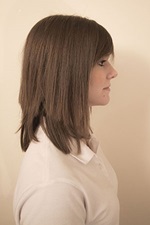
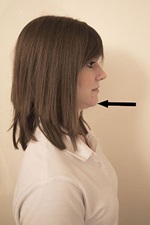
2) Thoracic rotations
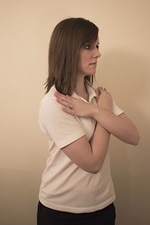
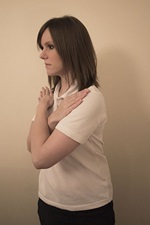
3) Scapula setting
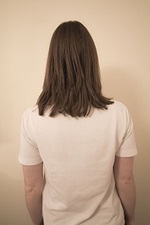
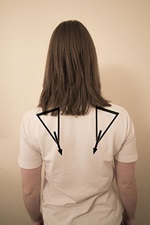
Advertisement



Comments (0)
You must be logged in to join the discussion. Log in